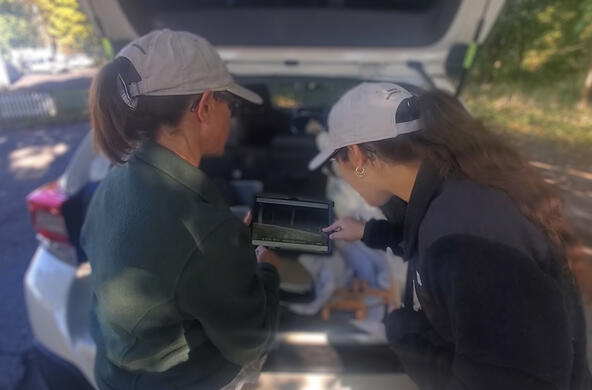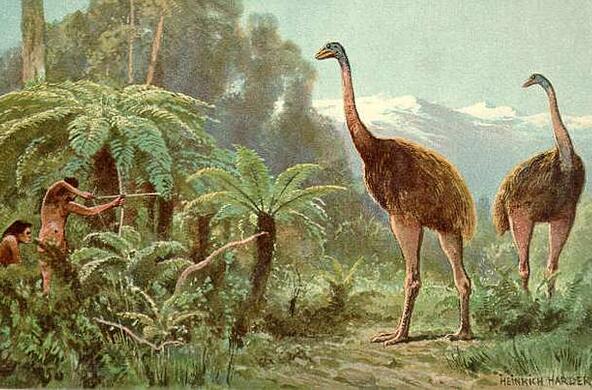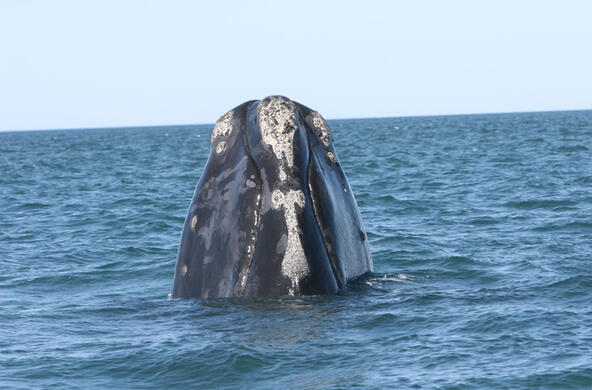Since the first arrival of a rat by ship, we’ve known that invasions of alien species extract huge economic costs to society—seen in higher medical expenses, losses of crops to pests, and losses of native biodiversity that is unable to compete with invaders. Examples are abundant, but the costs are rarely quantified.
Now a new study has attempted to estimate the economic costs of biological invasions worldwide, finding that over the past half-century, mosquitoes have extracted about $150 billion, rats about $67 billion, and feral cats about $52 billion from human coffers—an aggregate of $1.3 trillion. Moreover, such invasions are likely to accelerate and have driven current costs up to $167 billion annually.
Some of these costs, for example, crops lost to pests, are recorded as damages. Others are costs to manage the number and spread of invaders. Some, like the costs associated with mosquitoes that carry disease, have both a damage and management component.Most of the invasions are of insects, but the invasion of natural ecosystems by feral domestic cats from the Middle East, extracts a toll on wildlife that impacts pursuits by ecotourists and sportsmen worldwide. I’ve blogged about the impacts of feral cats before. Now we know that cats extract the third largest economic cost among biological invaders.
Long-term studies have found invasive plants in 80% of the National Parks in the eastern U.S., such that these areas cannot now be thought to represent the undisturbed flora of North America. These same areas have lost nearly all chestnut, elm, and increasingly ash to diseases and pests from other continents.
As quantified by these studies, managing to reduce the transport and arrival of alien species will not be cheap, but the costs of damages are estimated to be roughly 10X the cost of management. We should applaud efforts by the U.S. Department of Agriculture to intercept potential pests and pathogens arriving in international shipments. However, historical escapes of horticultural plants (e.g., Japanese barberry) and exotic pets from households (e.g., Burmese pythons in the Everglades) put some of the burden of prevention on each of us every day.
References
Diagne, C. and 8 others. 2021. High and rising economic costs of biological invasions worldwide. Nature 592: 571-576.
Lovett, G.M. et al. 2016. Nonnative forest insects and pathogens In the United States: Impacts and policy options. Ecological Applications 26: 1437 – 1455.
Miller, K.M. and 7 others. 2020. Long-term trends indicate that invasive plants are pervasive and increasing in eastern national parks. Ecological Applications doi: 10.1002/eap.2239







